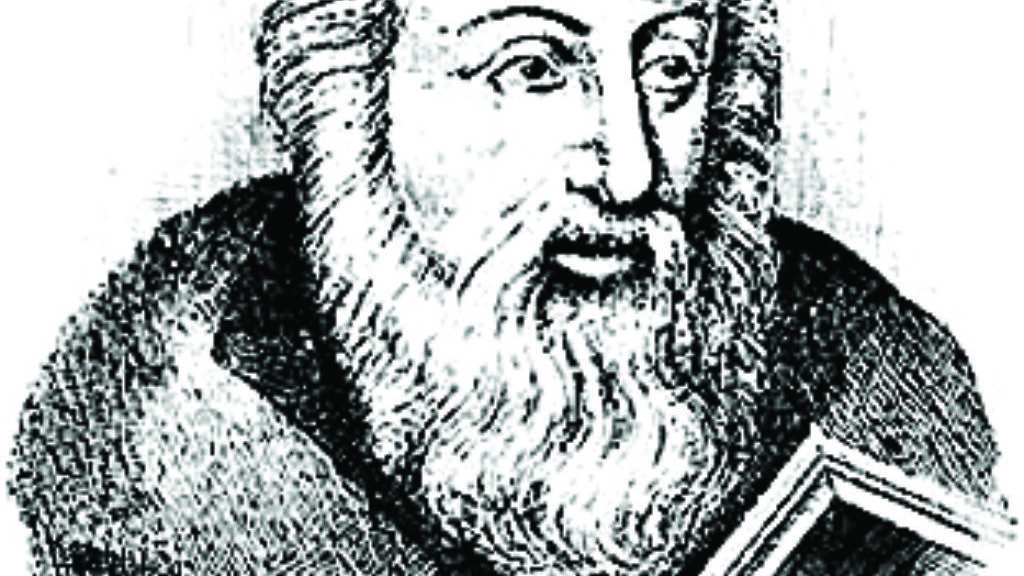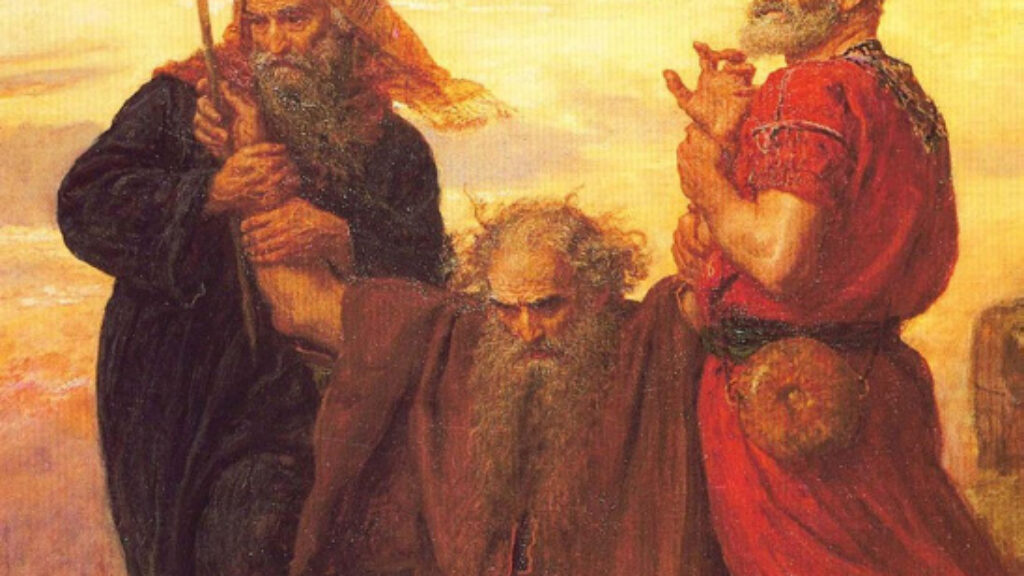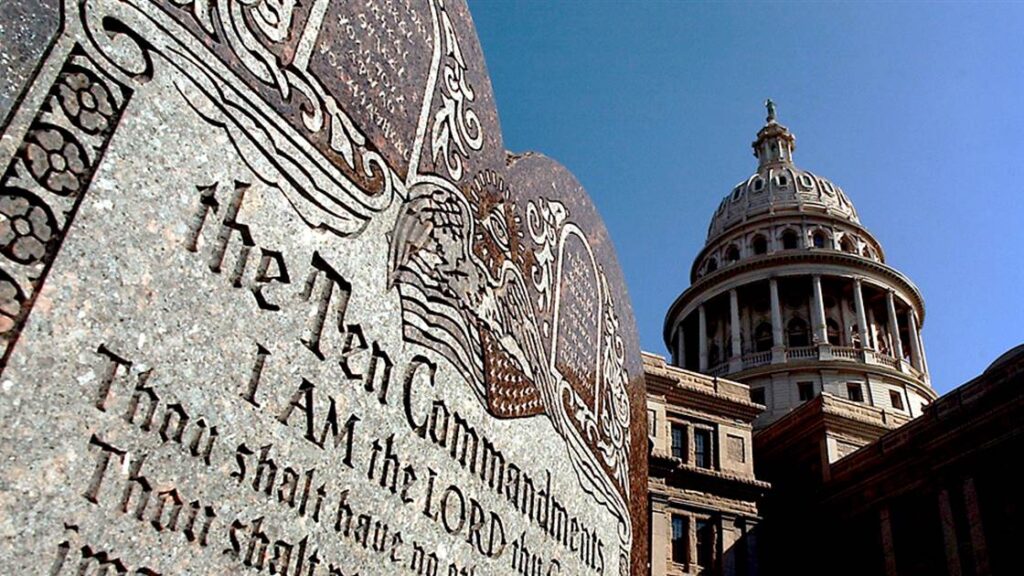David and Goliath: A Deeper Look at the Underdog Story
BY GILA GRAUER
In Sefer Shmuel, the book of Samuel, the story of David and Goliath tells the narrative of a young shepherd who defeats a giant warrior. Goliath is a massive and heavily armed Philistine who challenges the Israelites to a duel. The Philistines and Israelites were at a stalemate so, to end the battle, they used an ancient warfare tradition called single combat. In single combat, each army sends their mightiest warrior to a duel, with the winner claiming victory for their whole army.
But when Goliath came forward, the Israelites were terrified and no one offered to fight him. Only David, a mere shepherd, stepped forward. David believed that, just like Hashem helped him protect his sheep, Hashem would protect him against Goliath. After refusing armor and a sword from King Shaul, David walked towards Goliath with only his sling and a few stones. David shot a single stone at Goliath’s forehead and brought him down. David then finished the fight by cutting off Goliath’s head with the Philistine’s own sword, thus securing victory for the Israelites.
At first glance, this story seems like a classic underdog tale where a young shepherd improbably defeats a giant warrior through faith and courage. The phrase “David versus Goliath” has even become a metaphor for improbable victories. Yet, when taking a closer look at the story, we can see that David’s success was not as improbable as once believed. It is possible that David even had the technological advantage over Goliath, and the victory could have been predicted.
According to Malcolm Gladwell, a Canadian journalist, author, and public speaker, Goliath was much weaker than we believe, and David was much stronger. Goliath was only trained in hand-to-hand combat—which was his skill. When David was approaching, Goliath said “Come to me.” Goliath was expecting to fight in close quarters with swords, which was also exactly what King Shaul expected when he tried to give David his sword. Goliath also wore heavy armor which did not help him move fast, and his incredibly heavy weapons were only useful in short-range combat. He was not prepared to fight from afar. From this perspective, Goliath was a sitting duck; he did not stand a chance against David. David, on the other hand, was never trained in hand-to-hand combat and relied on his skill with the sling. As a shepherd, he was trained to kill predators and protect his flock with the sling.
There is more evidence in the story that suggests Goliath may not have been the invincible warrior he appeared to be. Many in the medical community believe that Goliath had a condition called acromegaly, gigantism, which is caused by a benign tumor on the pituitary gland which results in overproduction of the human growth hormone. One of the most distinct side effects of acromegaly is poor vision, which results in either double vision or extreme nearsightedness. This would explain many discrepancies in the biblical story. The text says that Goliath is preceded by an attendant, which seems surprising. Why would a giant warrior have to be led by an attendant?
Malcolm Gladwell also comments on how slowly Goliath seems to move, which is another odd description of the mightiest Philistine warrior. Another peculiarity Gladwell notes is how long it seems to take Goliath to react to David, and although it is clear that David is not prepared for hand-to-hand combat (because he is holding a sling), Goliath does not notice nor react. Goliath also makes a strange comment and says to David: “Am I a dog that you should come to me with sticks?” David only has one stick. If we look at this under the assumption that Goliath had poor vision, it all makes more sense. Goliath cannot descend into the valley on his own; his poor eyesight and limited mobility hinder him. He doesn’t react to David initially because Goliath cannot see David clearly until they are much closer. Goliath sees double and believes that David is holding two sticks instead of one. When Goliath says “Come to me,” it’s also a hint at his vulnerability—he cannot see David and wants David to come down so he can see him.
The Israelites, gazing down at Goliath in the valley, perceived him as an immensely powerful warrior. However, they failed to realize that the very source of his strength was also his greatest weakness. Goliath possessed the advantage of his immense size, but it also brought natural vulnerabilities.
Another aspect of the story is that David was not as vulnerable as we believe him to have been. When looking at the story it seems he is going to fight Goliath unprotected with just a small sling to help him. In reality, this sling is much more powerful than we realize. In Sefer Shoftim, the book of Judges, when describing the army, it explains that the top soldiers could sling a stone at a hair and not miss. The accuracy of someone trained with a slingshot is impeccable. David was a shepherd and was trained to shoot a slingshot to protect his flock. David was incredibly accurate and experienced.
Research has shown that at that time, with a medium size stone, a slingshot could shoot the stone at speeds up to 100 miles per hour. A direct hit to the forehead by a stone launched by David could easily kill a person, even a giant. When looking at the story this way it is no longer so improbable that David would beat Goliath. From this view, this story is no longer the classic underdog tale. Perhaps David was even stronger than Goliath and through this strength was able to bring victory to the Israelites.
This new reading of the text, however, does not in the slightest take away from the incredible miracle that occurred in this biblical story. Although we can scientifically explain how it was possible for David, a simple shepherd, to beat Goliath, a giant skilled warrior, it was still a miracle. The fact that David had the courage and bravery to go up against Goliath, especially since none of the Israelite soldiers would dare to, is all from Hashem. David accepted Goliath’s challenge because he knew that Hashem was with him and would help him bring victory to the Israelites. In many ways, this story still resonates today, fueling the modern fascination with the underdog narrative. The idea that the small or seemingly powerless can overcome the mighty continues to inspire, reminding us that faith, courage, and divine support can defy all expectations, regardless of size or status.
Suggested Reading

Rabbi Akiva’s Heroism for Torah
Towards the end of the Second Temple Period, the Land of Israel was in tumult. Following a bloody civil war, the Jews rebelled against the Roman Empire, which had ruled…

My Real Internal Conflict is Not One of Clashing Interests
When do my Jewish interests and American interests conflict? After much careful internal deliberation, I have concluded that they do not.

The Six Elements of Resilience Inherent in the Jewish Tradition
BY RAANAN VANDERWALDE There is no denying that Jews are resilient. Judaism is one of the oldest religions in the world. For over 3,000 years, Jews have been persecuted, killed,…

The Tanakh Roots of Core American Values
To many, what constitutes American values is obvious: private property, civil liberties, the rule of law, and political equality, to name a few. But these values are hardly exclusively American. In fact, these notions are often the extension of ideas first found directly in the Tanakh.